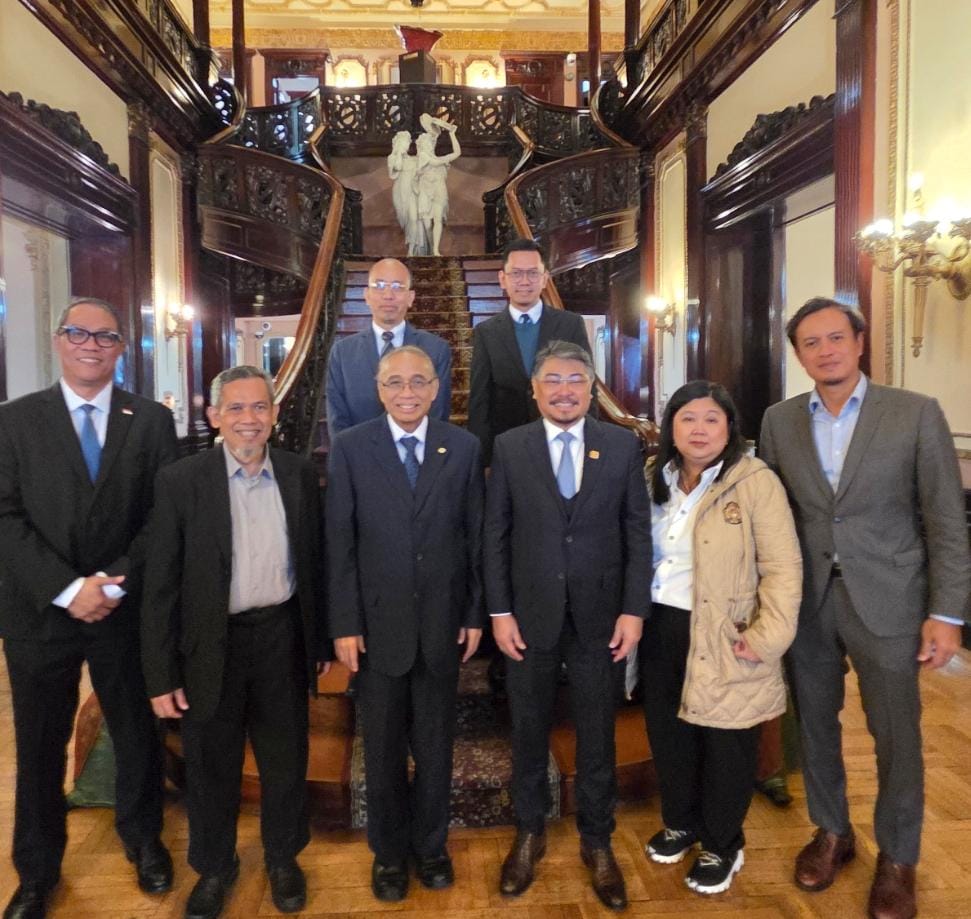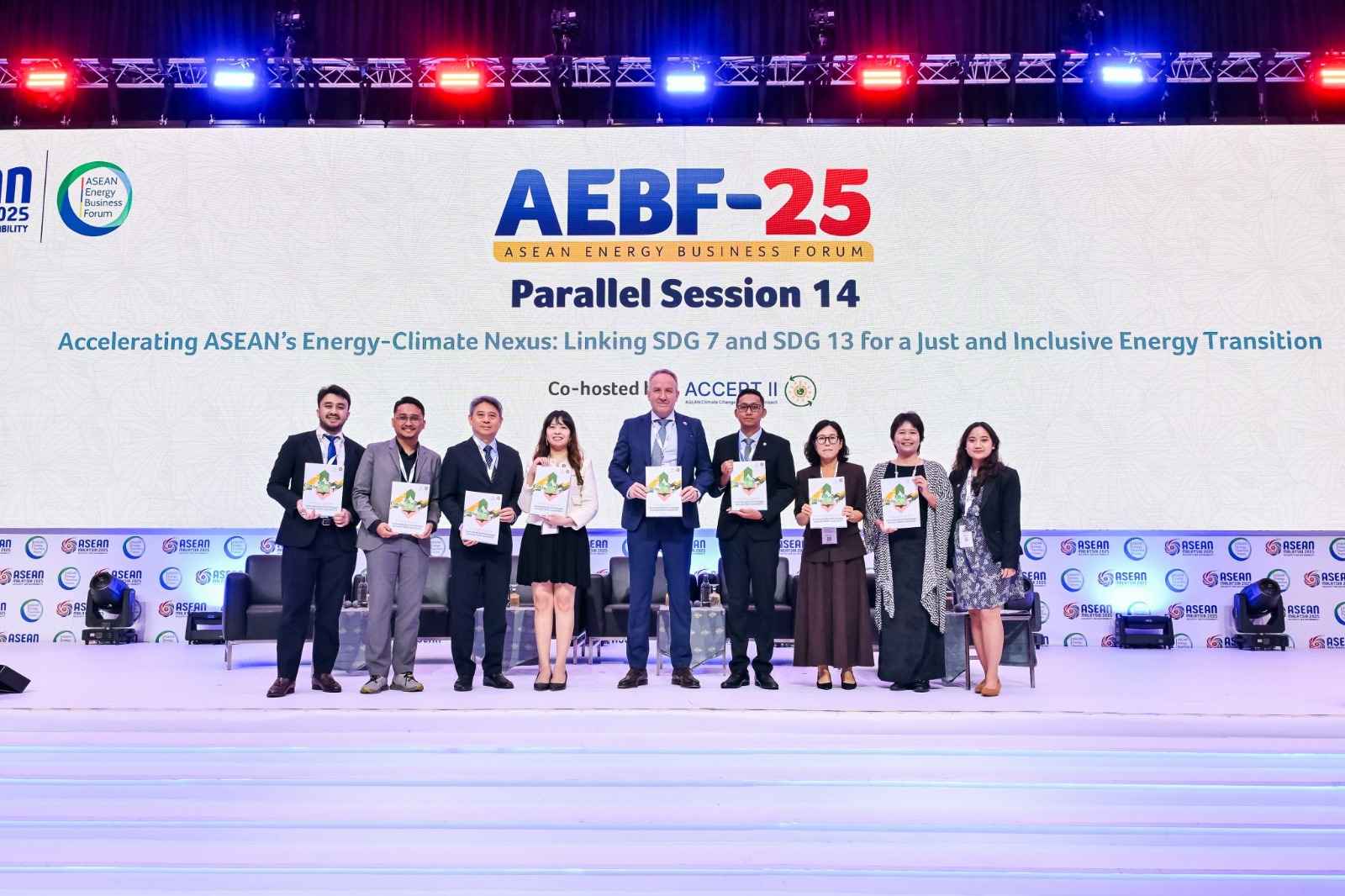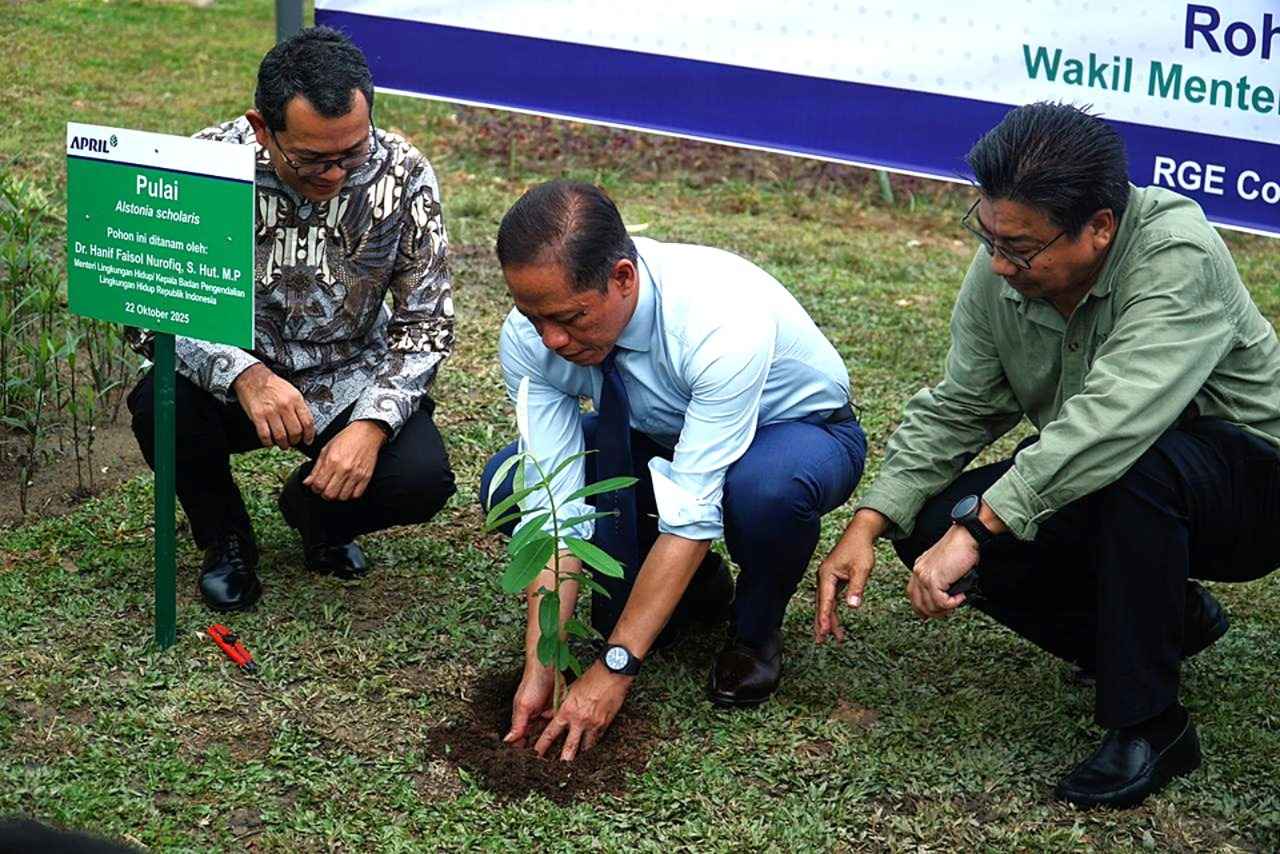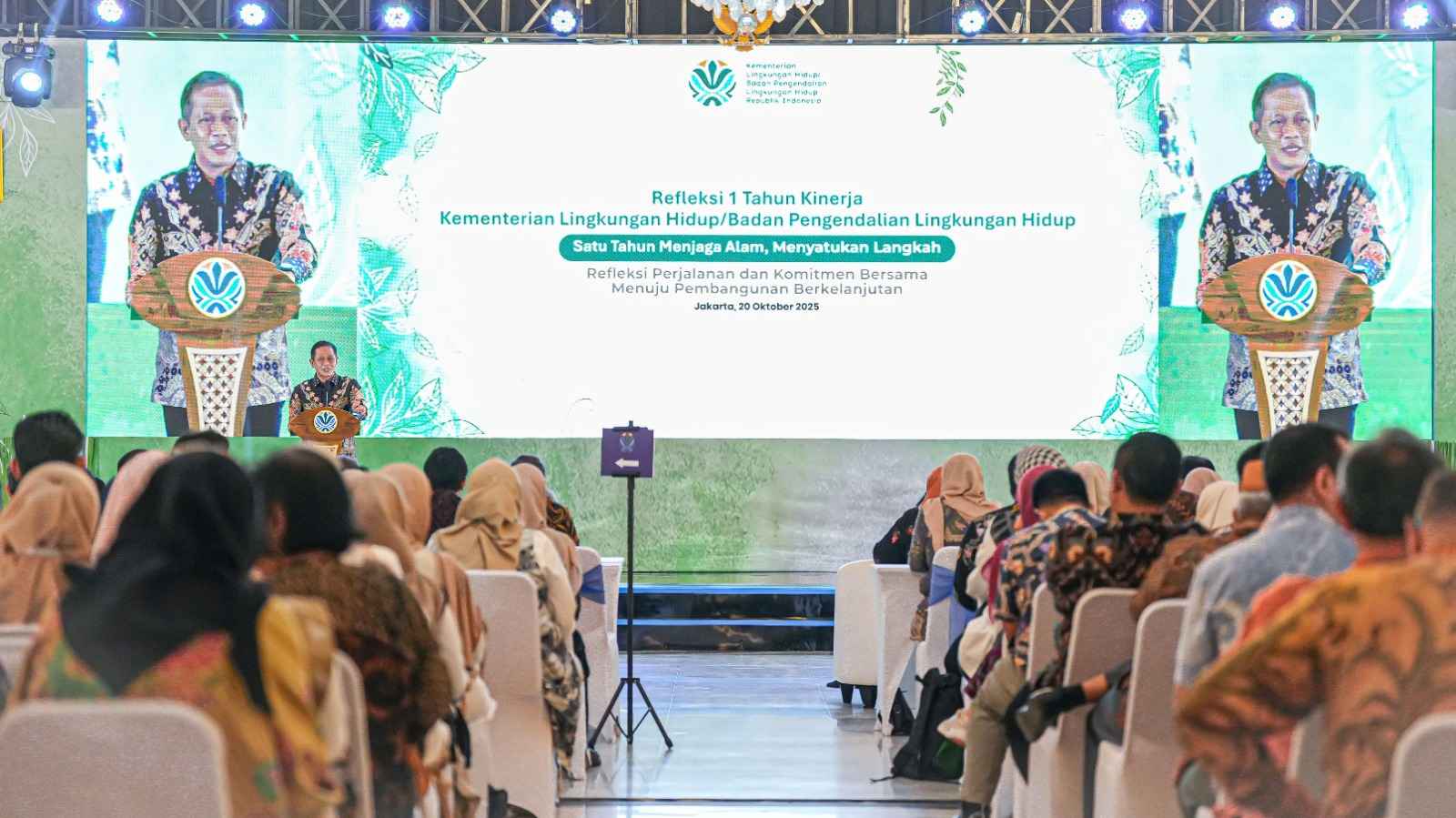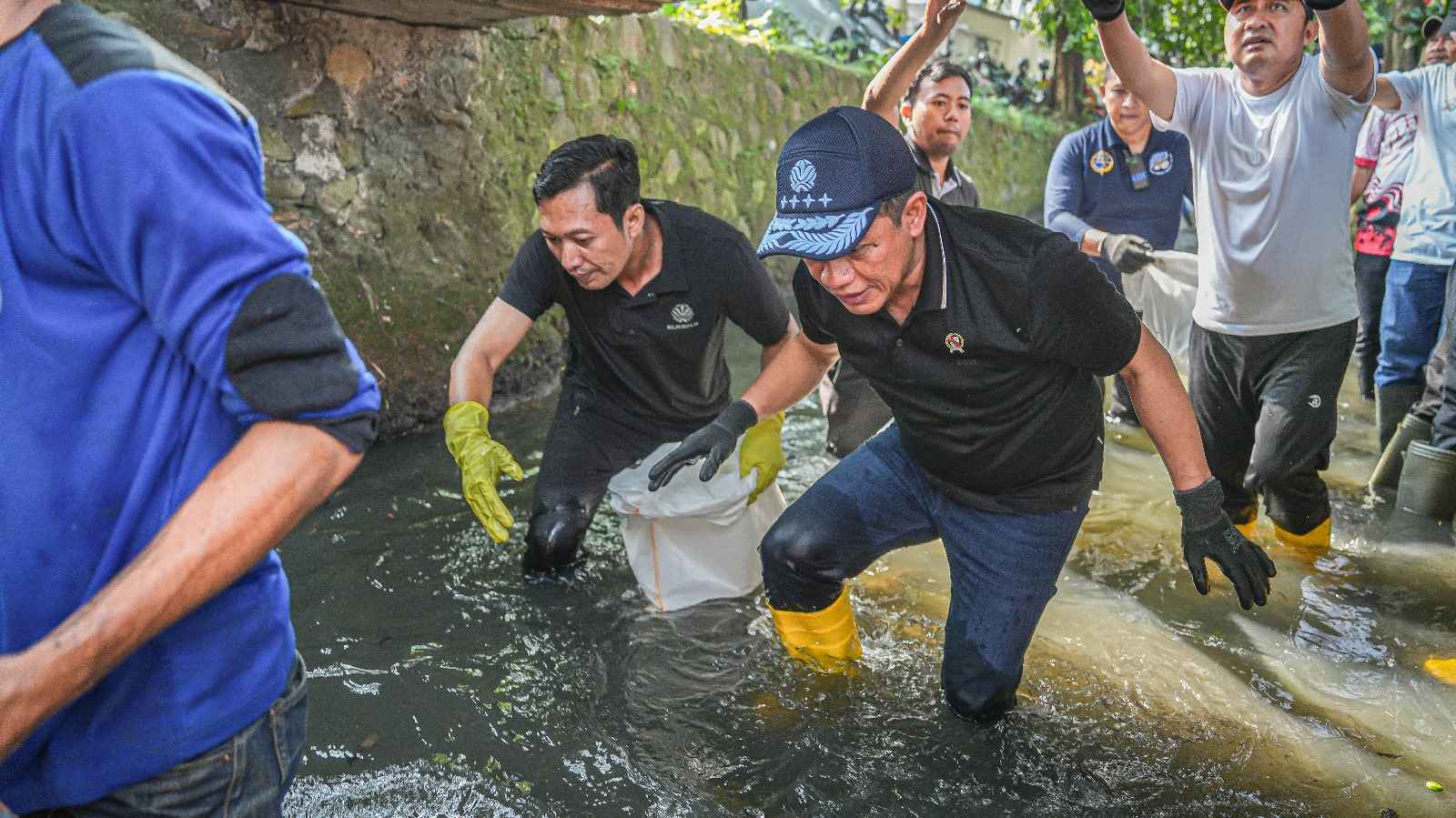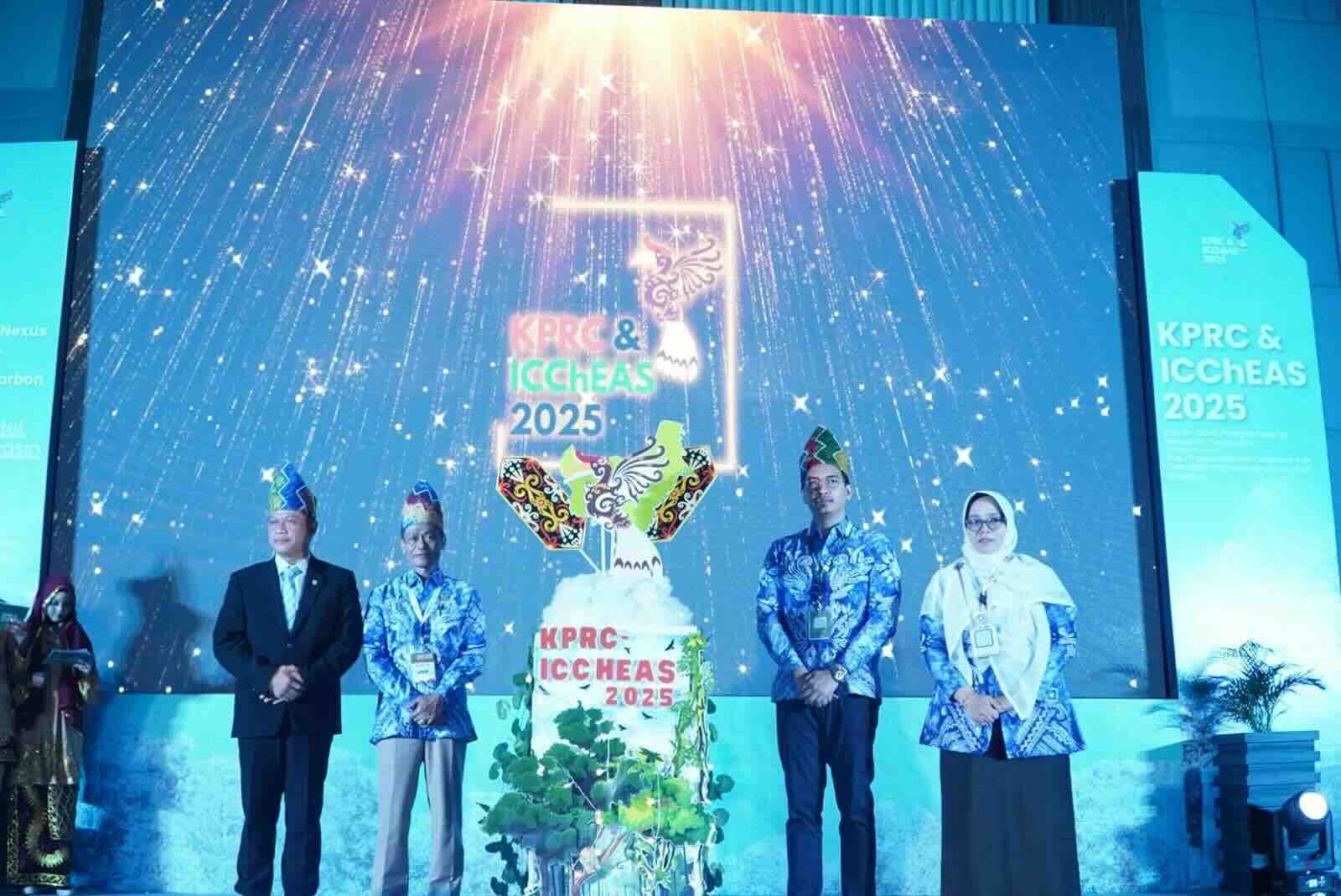Enviro News Asia, Jakarta – The world is currently facing a microplastic emergency, and Indonesia is no exception.
In fact, Indonesia ranks among the highest consumers of microplastics. On average, each person in Indonesia consumes microplastics equivalent to the size of one ATM card every week.
“Moreover, Indonesia is also one of the world’s largest producers of microplastic waste,” said Dr. Noryawati Mulyono, CEO and Co-Founder of PT Seaweedtama Biopac Indonesia, during a discussion held by the Center for Technology and Innovation Studies (CTIS) on Wednesday, July 16, 2025.
The event carried the theme Research-Based Seaweed Bioplastic Manufacturer.
“Plastic and microplastic waste must be reduced. As an archipelagic country, Indonesia is directly affected because our seas are full of waste,” Noryawati stated in her official release.
As a maritime nation, Indonesia has great potential to utilize seaweed not only as food but also as an alternative raw material for plastic.
Seaweed-based bioplastic is considered safer for both the environment and human health.
According to Noryawati, the economic value of seaweed as a plastic substitute continues to grow.
A report from Research and Markets estimates that the global bioplastics market will grow from USD 10 billion in 2023 to over USD 27 billion by 2032. “Seaweed grows quickly, doesn’t require farmland or fresh water, absorbs carbon, and is easy to cultivate,” she explained.
Seaweed-based bioplastics can be used for food packaging, sachets, and naturally degradable— even edible—wrappers.
Although the cost is still relatively high, around USD 4.47 per sheet, the product offers far greater added value compared to ordinary dried seaweed.
Noryawati’s research, which began in 2010 with support from L’Oréal For Women in Science, has now evolved into a commercial product through the company she founded: PT Seaweedtama Biopac Indonesia (BIOPAC). The company is a pioneer of seaweed-based bioplastic innovation in Indonesia.
BIOPAC regularly absorbs seaweed harvests from farmers through cooperatives in Makassar and Jakarta.
Every four months, the company purchases up to 8 tons of seaweed. This model helps ensure stable income for farmers and prevents harvest surpluses from being stored under inadequate conditions.
“With this industry, farmers no longer have to store seaweed for long periods. Their harvests can be purchased immediately,” said Noryawati.
As a result, not only does this help protect the ocean from plastic pollution, but it also improves farmers’ livelihoods and reduces social risks such as human trafficking driven by poverty.
BIOPAC’s eco-friendly products now include drawstring bags, ink, edible food packaging, and sachet wrappers—all manufactured using domestically produced machinery.
From an economic perspective, seaweed-based bioplastic is highly valuable, priced at IDR 150,000–300,000 per kilogram, compared to dried seaweed which is only IDR 15,000–25,000 per kilogram.
This opens up export opportunities, especially to European countries that have tightened regulations on conventional plastics. “Seaweed bioplastics support the circular economy, create jobs, and promote the growth of green industries,” she added.
Despite ongoing challenges such as high production costs and limited industrial scale, Noryawati remains optimistic that seaweed-based bioplastics can be a real solution for a cleaner, plastic-free Indonesian ocean. (*)





